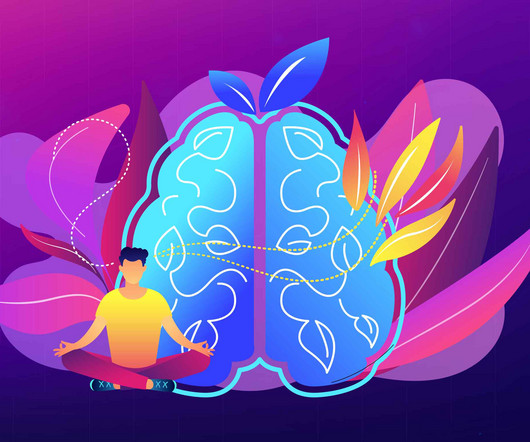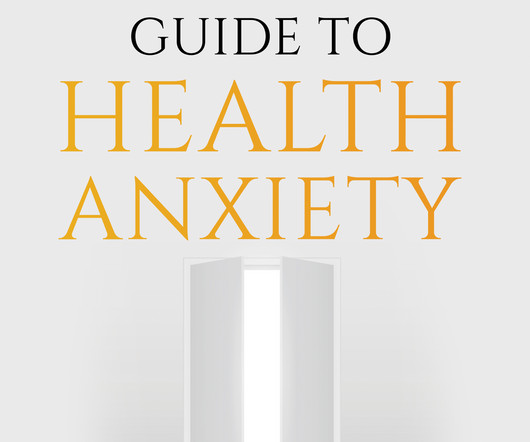Staying Grounded: The 3-3-3 Rule for Anxiety
Clear Behavioral Health
JUNE 20, 2025
The 3-3-3 rule for anxiety can help you calm yourself when your anxiety spikes [1]. Anxiety is a common condition in the United States, with about 3.1% of the population having a diagnosed anxiety disorder [2]. Anxiety coping strategies: the 3-3-3 rule, mindfulness, and more. References: Brown, S.













Let's personalize your content